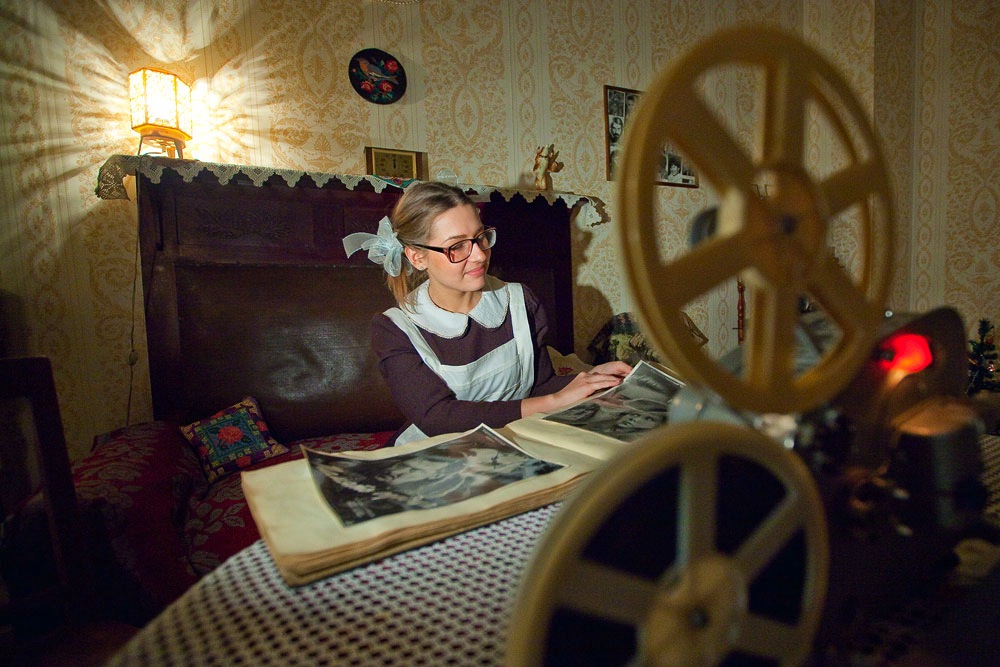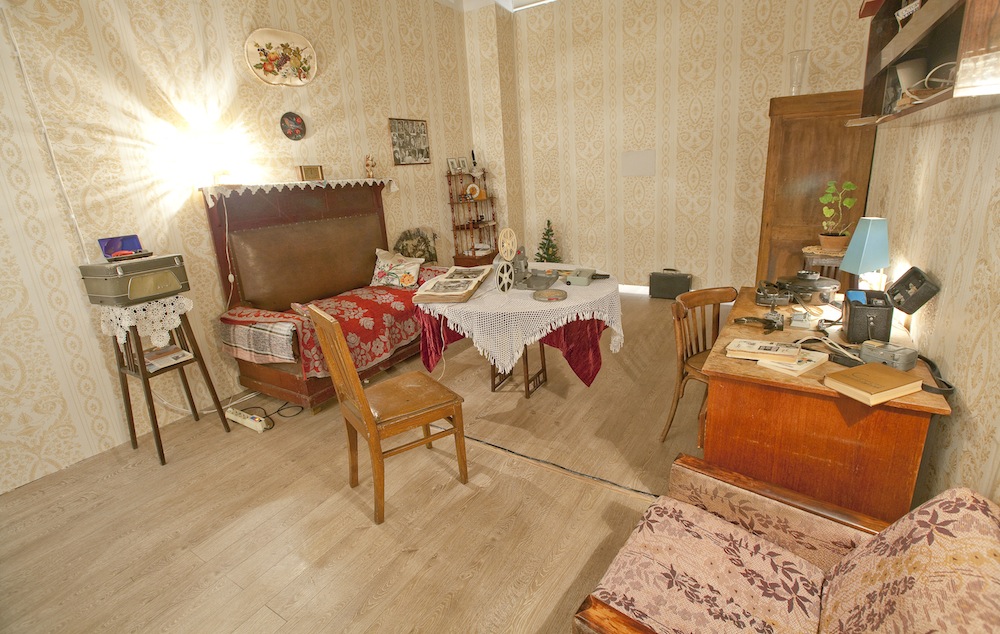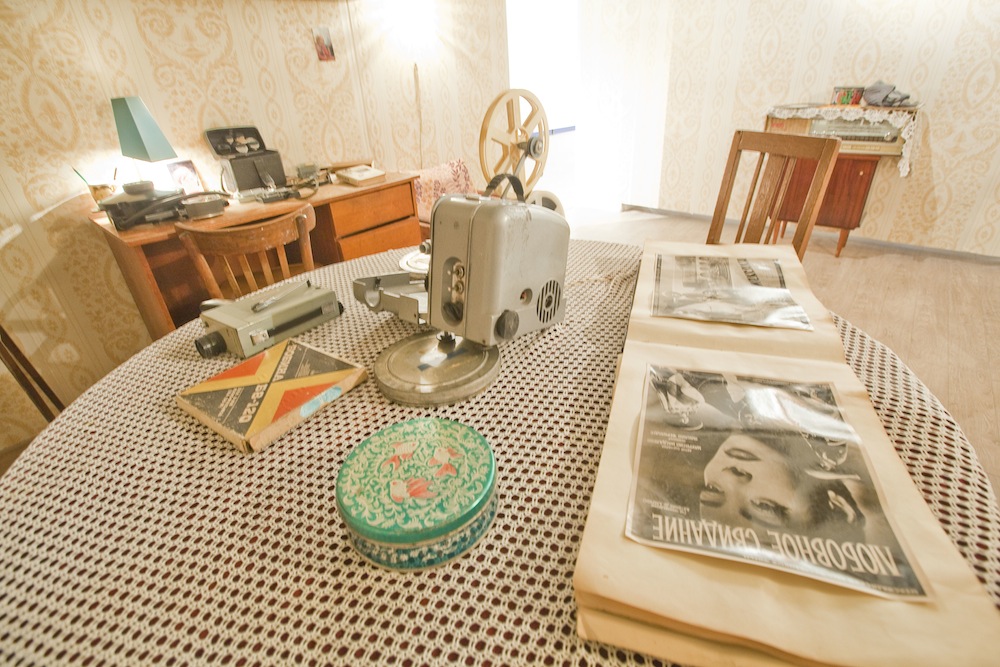The outsiders: a museum in Perm embraces amateur art
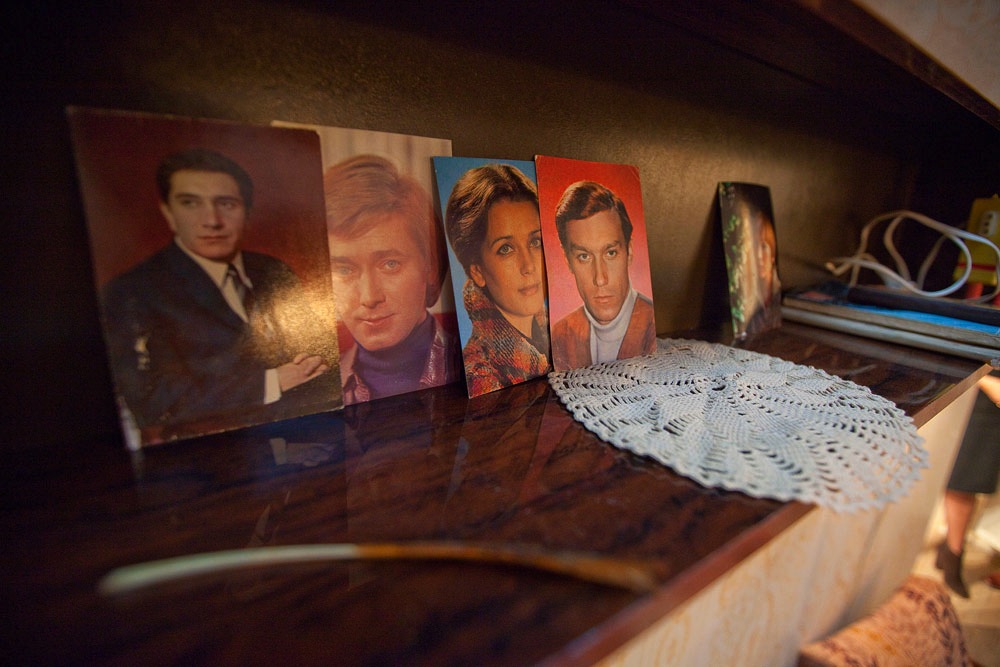
From London’s Hayward Gallery to the Venice Biennale, the past year has seen a renewed interest in outsider art. Picking up the baton in Russia, the Museum of the Soviet Naive is challenging the definitions of art and the artist
The idea of a gallery exhibiting amateur art feels somewhat at odds with the very purpose of a gallery. But visit the Museum of the Soviet Naive in the Russian city of Perm, launched in 2012, and you’ll discover a site given over to artworks from ordinary folk, mostly dating from the Soviet era. “When I decided to open the museum, I knew I had to find a specific niche,” says founder Nadejhda Agisheva, a socialite and philanthropist who plays a leading role in Perm’s cultural and political life. “To position ourselves as a fully-fledged art museum would be too ambitious and yet to create an arena simply to exhibit other people’s projects would be dull.”
Soviet naive art offers a colourful window into the 60-year period of Russian culture and society from the Forties to the Noughties. But the museum also looks beyond this period to include contemporary amateur artworks, albeit those that explore classic Soviet motifs such as Victory Day; Valentina Tereshkova, the first woman in space; and International Workers’ Day on 1 May. With a powerful propaganda machine behind it, Soviet period art interwove art and ideology, a perspective reflected across the artworks in the gallery. Paintings bear signs and slogans that, taken as a whole, tell the story of the “little man”, of life in the provinces and the general populace’s illusions of a brighter future. The themes taken up by naive artists — the Great Revolution and its leaders, the struggle between communism and imperialism — were perfectly in line with the Soviet ideological model.
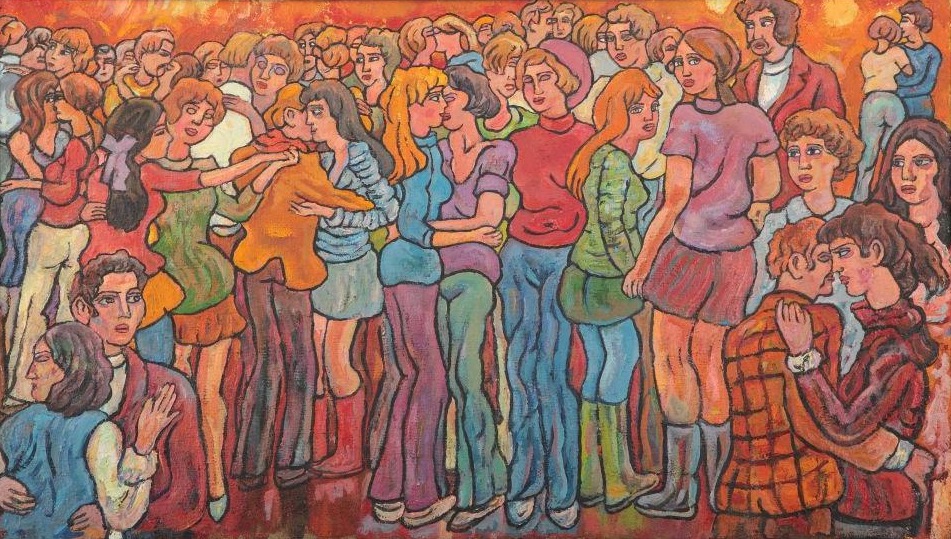
Dancing in the House of Culture by Rudolf Tyurin
The gallery follows in the footsteps of projects such as the London-based Museum of Everything, which showcases artworks from untrained artists, and a gathering interest in the work of self-taught, “outsider” artists across the international art world. An exhibition at London’s Hayward Gallery earlier this year brought together a miscellany of work from self-taught artists and architects, fringe physicists and visionary inventors. In March, the Philadelphia Museum of Art put on Great and Mighty Things, an exhibition that explored the work of amateur artists. The central exhibition at this year’s Venice Biennale similarly focused on self-taught figures hitherto excluded from major institutions and galleries. All three shows aimed to spark debate about the nature of art and challenge the definition of the word “artist”.
The museum’s opening also coincides with a renewed interest in all things Soviet over the past few years. Following a period of antipathy towards the Soviet Union in the immediate decades after its collapse only now are Russians beginning to revisit Soviet culture, lifestyle and fashion. This year, the Moscow Design Museum staged an exhibition about Soviet design while the popularity of the capital’s Museum of Soviet Arcade Games has led to a second branch being opened in St Petersburg.
“For 90% of Perm’s population, Soviet visual culture is still relevant. We continue to live with the same architecture, in the same Soviet industrial landscape”
The volte-face means that many modern institutions are now compared to Soviet practices and found wanting. “For 90% of Perm’s population, Soviet visual culture is still relevant,” says Agisheva. “We continue to live with the same architecture, in the same Soviet industrial landscape. For many, it is a source of cultural experience. I think it’s positive that attitudes are changing.” The museum’s opening exhibition, My Movie, a showcase of amateur Soviet newsreels found national acclaim. “My Movie gave us a very touching view of the world,” says Agisheva. “We tried to show that amateur filming, which was not considered an art, is not only art but to some extent naive art.”
Running a private museum also means that Agisheva is liberated from the constraints of the regional Perm government, which is opportune given the events of the past 12 months. This summer, four exhibitions that were part of the White Nights festival in Perm were closed down by authorities; one lampooned the upcoming 2014 Winter Olympics in Sochi while another displayed photos of the 2011 anti-Kremlin protests in Moscow.
The same month, Marat Guelman, a Moscow-based curator who was also the director of the Perm Museum of Contemporary Art, was fired from his post after he transferred one of the banned exhibitions to the museum. “Now we are witnessing such a sharp return to the practice of censorship, and from my point of view, an irrational and sometimes even aggressive policy to protect a person’s feelings, having your own museum makes me feel completely independent and free,” says Agisheva. “Freer than any state cultural body could be.”
As part of the White Nights festival, The Museum of the Soviet Naive exhibited a series of Sots Art or Soviet Pop Art paintings. Despite the fact that Sots Art has in the past been criticised by the Russian Orthodox Church for being blasphemous, Agisheva’s exhibition came and went without any problems. “In the light of recent changes in the law, it is highly unlikely that a state institution would risk exhibiting provocative or critical art,” she says in reference to controversial legislation passed in June that criminalises insulting people’s religious beliefs and feelings. But, says Agisheva, the law is less problematic for her. “I’m not afraid of bans and threats … This is a private museum and if someone doesn’t like what we do they can simply exercise their right not to attend the exhibition.”


